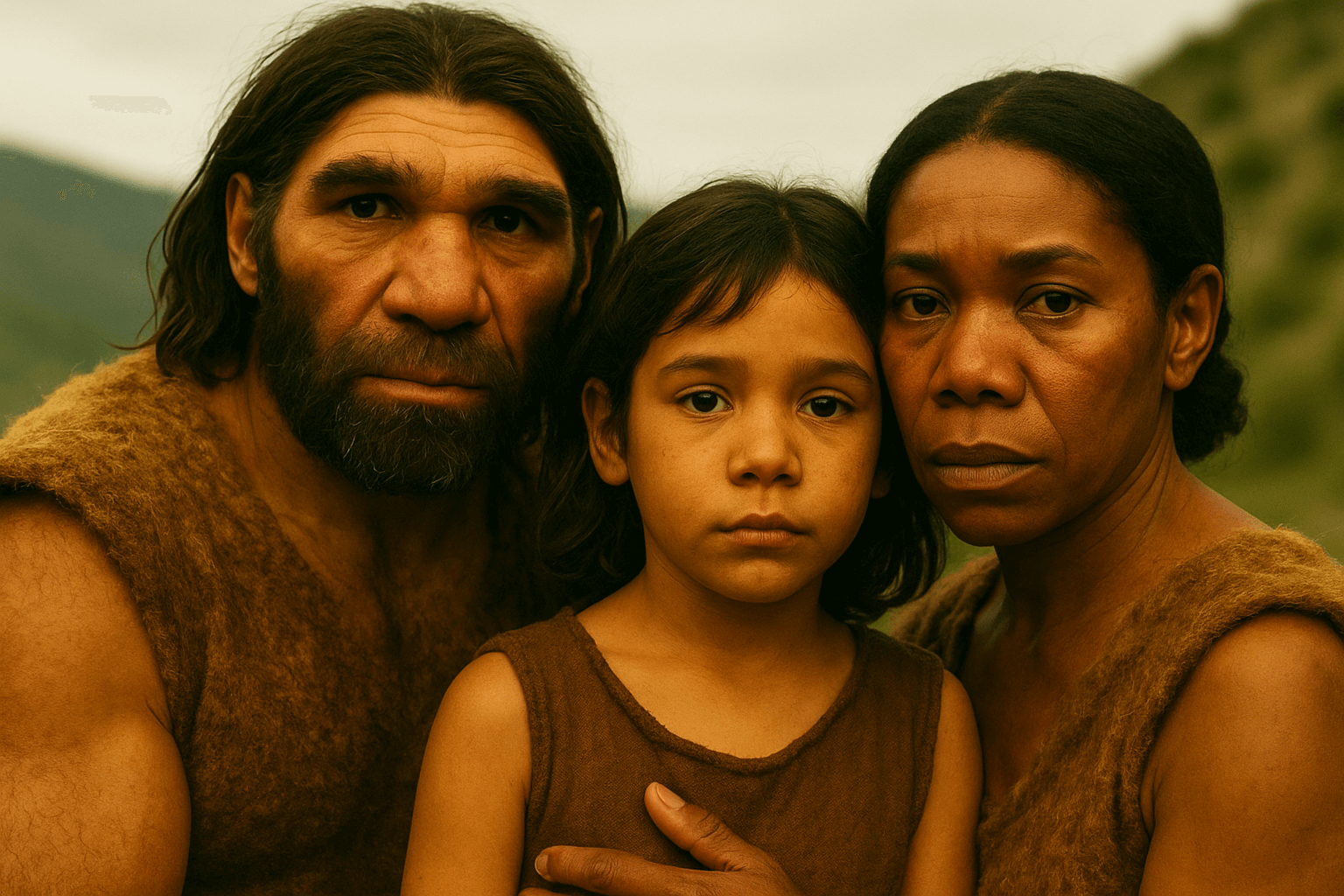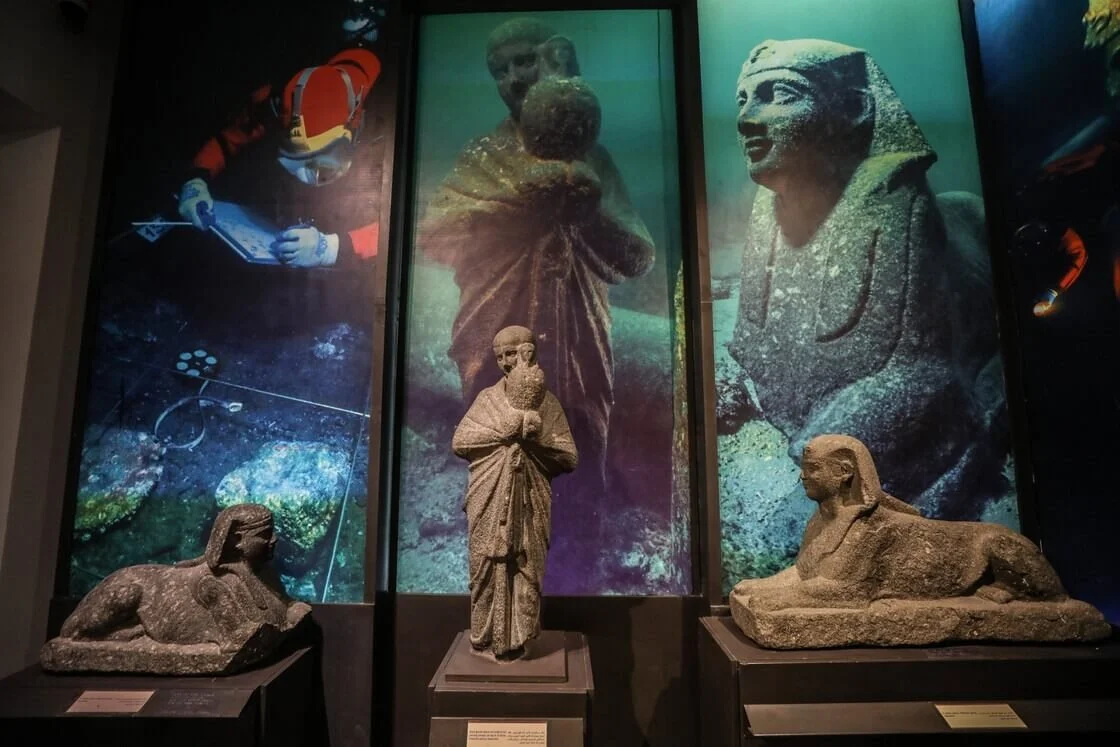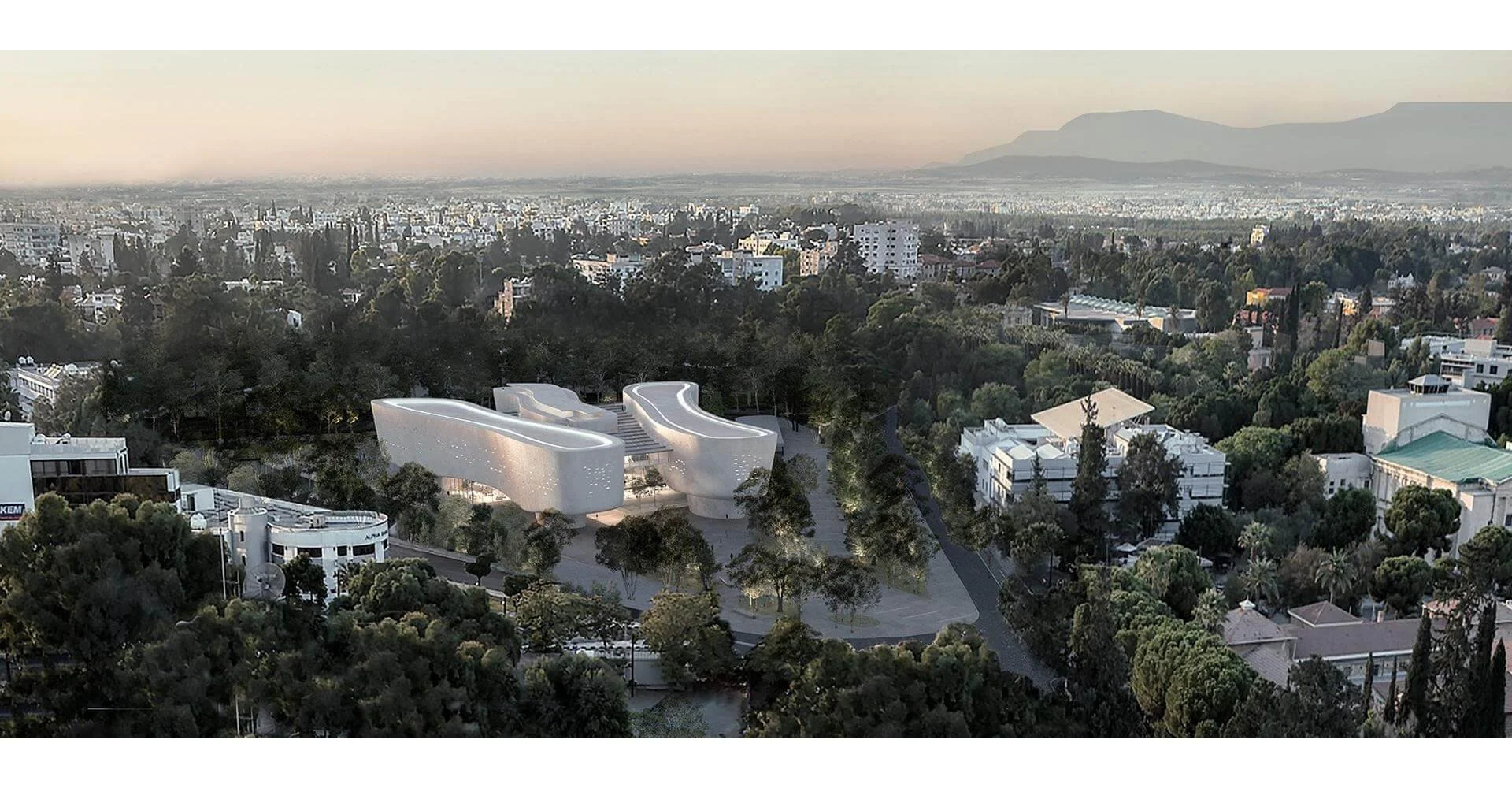BY THE ARCHAEOLOGIST EDITOR GROUP
Despite the fact that we know very little about them, the Minyans have left us with a priceless legacy that includes many of their accomplishments. But since the beginning of time, no one has been able to definitively respond to queries regarding their beginnings and original cradle. The ancient historians Herodotus, Pausanias, and Diodorus regarded the region between the Boeotian Orchomenos and the southern slopes of the Thessalian plain—an area at least largely associated with the Homeric Greece, or Phthia—as the birthplace of the Minyas.
The Boeotian Orchomenos is a reference in Homer's epics that suggests the Minya existed before the Trojans. Yet, Boeotian Orchomenos' archaeological investigations turned up Neolithic artifacts that were comparable to those from Sesklos and Dimini. Archaeological research suggests that Orchomenos was continually populated without any intervals or interruptions from the Neolithic until the present. After the "War of the Descendants" and Boeotia's incorporation into the Mycenaean polity, Orchomenos too became a part of the Mycenaean geopolitical structure. Because of this, its 30 ship participation in the Trojan War is noted in relation to the "Boeotian Commonwealth," which encompassed all Boeotian cities other than Thebes.
However, the history of the Minyas genus is lost in the depths of time and is initially associated with the Thessalian Neolithic culture rather than the Boeotian one. This is quite normal, considering that Thessaly was the cradle, the first cultural beacon of all Greeks. From Orchomenos, Strabo says that Minyas reached the Pagasitic Gulf and founded Iolkos, which, however, according to the latest archaeological research, is identified with Dimini. So, since we know approximately when the city of Dimini was founded, we also know when the first dispersal of the Minyas took place.
In the middle or even at the end of the 5th millennium BC, the Minyas of Orchomenus, who did not have a good harbor in Boeotia, settled in Magnesia, on the edge of the great Thessalian plain. The reasons for this resettlement were purely economic and had to do with both securing a safe harbor and exploiting the Thessalian plain. As fate would have it, the Minyas of Dimini came into conflict with the inhabitants of Sesklos over control of the plain.
This also explains the destruction of Sesklos by another civil war - a common phenomenon to ancient Greece - rather than by the invasion of the Indo-European peoples. It is precisely this domination of the Minyas in the Thessalian plain that will give them immense riches, so much so that centuries later they will make Achilles speak about it to Agamemnon (Iliad, I 379-382). Such was the fame of the city of Minyas for its wealth. However, the great Homer at this point, perhaps not accidentally, compares Orchomenos with Thebes in Egypt.
The ancient historians consider the Minyas to be an Aeolian people (i.e., a mixture of Pelasgians and Achaians), since they were descended from Aeolus, son of Hellen and grandson of Deucalion. The Minyas were therefore a Greek race descended from Hellen himself, the progenitor of Greek race. Mistakenly, the Minyas are attributed to Egyptian origins. The Minyas were not Egyptian settlers in Greece. Probably the opposite.
Very early the burial scheme of the Minyas was connected with that of the Thessalians, of the generation of Pinios. Minyas himself, the eponymous hero of the Minyan people, was a grandson of Poseidon. The daughters of Minyas, Perilkymene, Alcimide and Phygomachi, married the Thessalian heroes Pheris, Aesona and Pelias and ruled with them in the cities of Ferres, Aesoniada and Iolkos, respectively. So we have a complete identification of the mythological and philological sources, confirmed by the archaeological findings, through which the connection between Minyas and Thessaly is documented.
And not only that. Finds of the so-called Minyan pottery were made in northern Greece, but also in Asia Minor Greece and especially in the area around Troy. Assuming from the ancient writers that Lemnos was also Minyan, we have no difficulty in recognising the identity of the Greek Trojans.
For a long time Orchomenos, the capital of the Minyan state, and its great colony of Iolkos were the dominant cities of mainland Greece. The decline came gradually due to the incessant wars of the Minyas against the rising power of the Boeotian Empire, Thebes. The legends about Heracles are quite revealing on this point, about the rise of the Minyas, who had taxed the city of Thebes, and about the beginning of their decline after their defeat by Heracles.
This defeat led to the independence of Thebes, which became the first power in Boeotia. The tide turns in favor of the Minyans after Thebes submits to the Mycenaean army of the Epigones - a generation before the Trojans. For this reason, in the Iliad, Orchomenos participates in the Panhellenic campaign with 30 ships and puts the neighboring city of Asplidon under its command. However, Orchomenos and the Minyas by no means regained their former glory. After the Trojans, when the Mycenaean power was on the verge of collapse, Thebes was "revived" and Orchomenos fell into the shadow of the great rival city.
As we have seen, the Minyas were an Aeolian people. According to the "established" view, the Minyas lived in Thessaly, which they had to leave under the pressure of the Thessalians coming from the north. However, this view does not agree with the testimony of Strabo, who refers to northern Boeotia as their cradle, from where the Minyas moved to and settled in Thessalian Magnesia. All ancient writers refer to the inhabitants of Pagasitikos as Minyas and distinguish them from the rest of the Thessalians. Of course, the dating of all these events could not be made with certainty.
Only indirectly, always on the basis of the ancient sources, but also of the archeological findings, we can assume that the Minyan people began to develop a culture from about the middle of the 5th millennium. The region of Orchomenos became fertile and fortified by the waters of the river Kifissos, but also by Lake Kopaida. On the northeastern shore of the lake, the Minyas - at the level of today's Larymna - founded the city of Kopai, from which the lake also takes its name, formerly called Kifisis.
The city of Kopai had a double harbor, a lake and a sea. From this it can be concluded that the Minyas were a seafaring people. It is no coincidence that Minyas himself was considered a descendant of Poseidon. Strabo also mentions that Orchomenos was a member of the oldest maritime amphictyony, which also included Athens, Prasiai, Aegina, Epidaurus and Hermion (Strabo VIII 6,11). And the state of the Minyas in its heyday extended over the whole of northern Boeotia, the present Fthiotida and the present Magnesia.
The cities of Koroneia, Chaeronea, Aliartos, Livadia, Larymna, Anthidona, Kopes, Asplidona, Iolkos, Ferres and Aesoniada were all under the scepter of the king of Orchomenos. However, the strengthening and development of the kingdom did not happen overnight. We can identify two milestones in the development of the Minyan Kingdom. The first is undoubtedly the founding of the colony of Iolkos, which is directly related to the Argonautic expedition. The second, however, concerns the drying up of Lake Kopaida and the agricultural use of the new lands. Until recently, scholars spoke of a single operation to drain the lake in early Mycenaean times - around the middle of the 2nd millennium BC.
Professor T. Spyropoulos concluded that the lake was drained for the first time in the Proto-Helladic period (end of the 4th beginning of the 3rd millennium, about 3100-2800 BC). This amazing work of draining the lake in such an early period was done by the Minyas with excellent technique. Even today, visitors cannot see their remains in the large sinkhole of Kopaida, between Larymna and Gla. However, the Minyas are considered pioneers in the construction of technical works not only in their country, but also in the Peloponnese.
One of their prestigious works in the Argolis region seems to be the famous pyramid of Ellinikos, but also the great tunnel in the river Erasinos, in the present village of Kefalari Argos, 3 kilometers from the pyramid. At the same time Egypt is going through its pre-dynastic phase, and the great Cycladic and Minoan civilization has not yet reached the peak of its splendor. However, in the northern Aegean, as in Thessaly, cities have already been founded, and Poliochni on Lemnos became a center of metallurgy in the region due to the research of the Italian Archeological School. Its flourishing is such that settlers founded Troy from here around 3200-3000.
On the island of Hephaestus - Lemnos was dedicated to the god of metals, not by chance - the processing of metals arriving from the Black Sea via the trade routes opened by the Minyan Argonauts takes place. But if Lemnos, for which all ancient authors mention that it was colonized during the Argonautic campaign of Minyas, had already become a metallurgical center at the beginning of the 3rd millennium, when did this specific campaign take place? And what is the truth of the myth of Phrixus, Helle and the Golden Fleece? Perhaps the first attempt of the Minyan Greeks to explore the unknown seas of Pontus and the Baltic Sea, without success?
It is generally accepted that the Minyas, like all Greeks, were excellent seafarers. Besides the philological sources, the above conclusion is also confirmed by the archeological excavations. However, in the period between 4000-3500 BC we have no evidence of the existence of state structures in the island, unlike the mainland, where the state of the Minyas ruled. After all, a great civilization had already developed in Thessaly from the 6th millennium BC, the foundation of which was the first city in Europe, Sesklos.
This civilization developed, and its product, according to Strabo, was Dimini, which today is identified with the Minyan city of Iolkos. We can therefore speak with certainty of the formation of a kind of state entity, with a structured framework of social relations, with a specific politico-religious authority and a specific network of services. It is logical that a consolidated state-kingdom has a greater potential for development than a single town or tribe. A kingdom also has different needs and is naturally obliged to invest in both defense and trade.
The already established kingdom of Minyan Orchomenos sought to open trade routes through the northern Aegean and Black Sea. Having firmly established themselves on the straits of the Hellespont and fully controlled the trade routes by land and sea (as evidenced by the participation of named Thracian heroes in the Argonautic campaign), the Minyas established a Greek trading empire whose sphere of influence extended from northern Boeotia to northwestern Asia Minor. In this way, the framework was set for the later explosion of the Trojan War, when the colony of Troy took control of the empire and, because of its location, undermined the metropolises of Orchomenos and Iolkos.
The data confirm the original theory that the Minyas were once linked to the Minoans, but the converse may have actually been true. The British archeologist Parson, for example, believes that the Minyas and Minoans were the same people who progressively migrated from mainland Greece to Crete, Egypt, and Mesopotamia, the home of the Sumerians. However, other academics, like Parson, also make this assumption. This viewpoint is in line with Evans', who dates the pre-palatial Minoan civilization before 3200 BC, the time frame we are focusing on.
They could employ the matching land routes that they had independently found as they were not limited to the marine trade routes. One started at Troy and went to Syria, Egypt, or Mesopotamia either by traveling along the coast or across the Anatolian plateau. The other led to Egypt and Mesopotamia and began in Miletus (one of the Argonauts, Erginos, was from Miletus according to the Orphics and Apollo the Rhodian, indicating that the city of Miletus was formed long ago).










